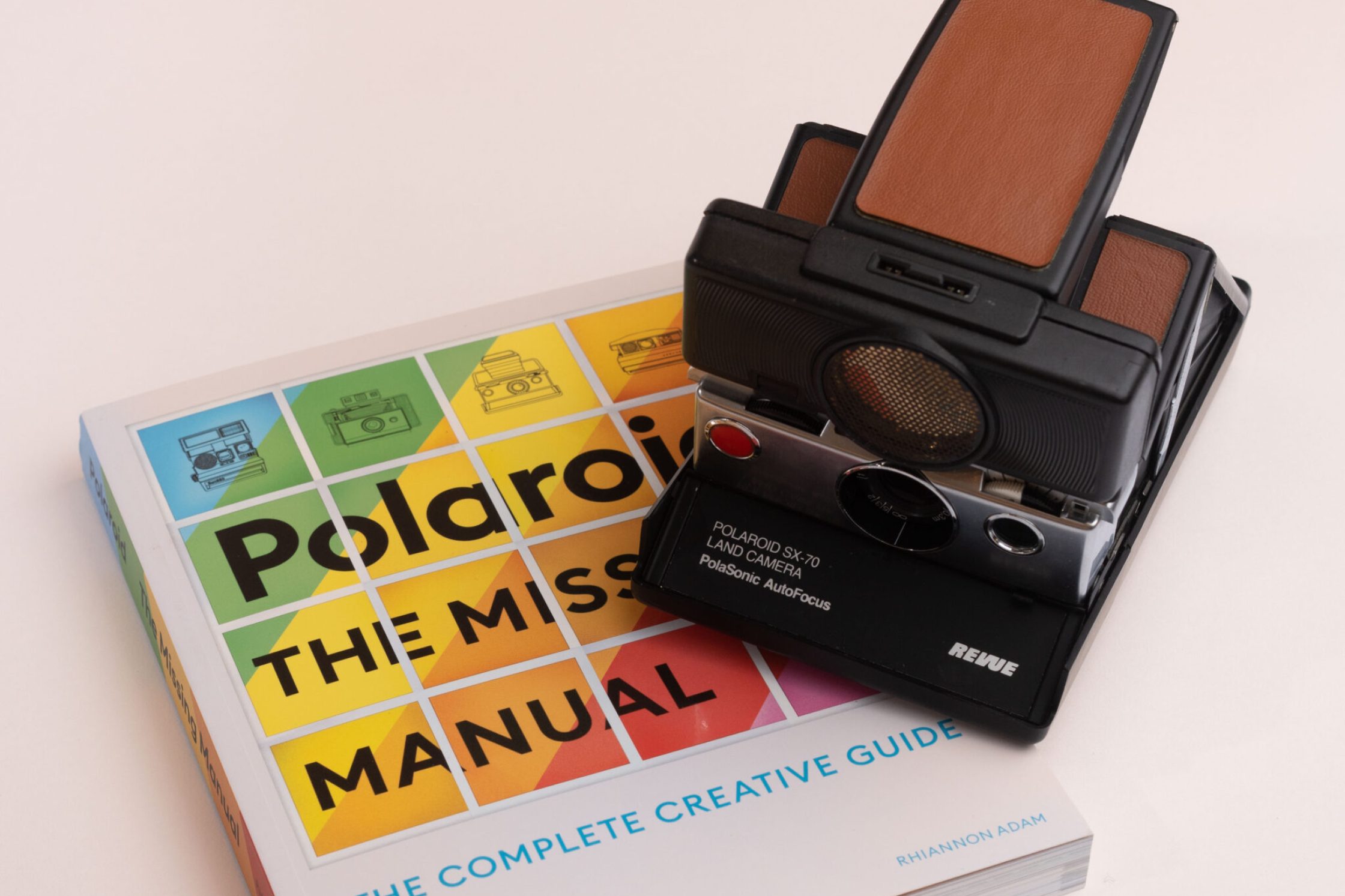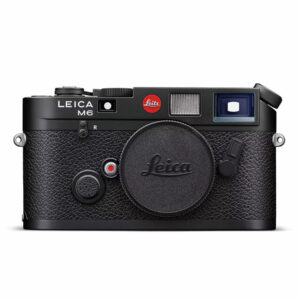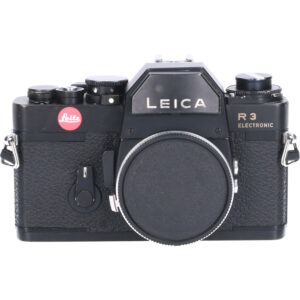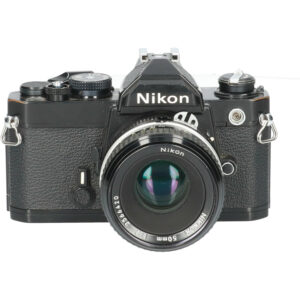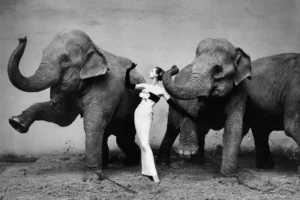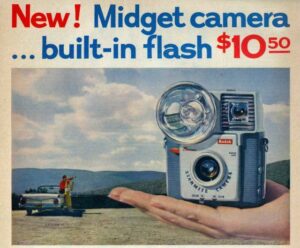This battle has been raging since the conception of peel apart film. Peel apart was film used in analog cameras to check exposures. They were not seen as a real photographic medium just something to test how images would look. Nowadays these instant test images are very sought after. Books are published that feature solely the test shots made by photographers in order to see how their lighting was set up. An example of a book is ‘Polaroids’ featuring Helmut Newtons’ test shots for images that have become famous now. His wife collected these images saved them and commissioned the book after her husbands’ death. Needless to say, the book was a major success in the photography community.
In this blog I would like to talk about the similarities and differences these films have, and which film type is suited for what situation. I will try to dive into some detail but not bore you too much with statistics and numbers. Afterall, I want to have a bit of fun when writing these blogs as well. If you want to learn more about the chemical composition of anything in both films, go find a data sheet. Instead, I’ll tell you a little bit about the history of both brands and what I think about the image quality.
Just like today there used to be two brands that produced instant film. These brands were, as they are today, Fujifilm and Polaroid. Both made film that was comprised of two different layers, the first is a negative the second the positive of the image. When an image was taken it had to be pulled through two rollers. This released the film processing chemicals equally between both layers developing the image. After a couple of minutes, the positive could be peeled from the negative showing the image. Like I said, this process allowed photographers to check their exposures and make sure that the ‘real’ images they were going to take would be exactly like they needed to be.
These photographs are not the instant images that we know today. Instax and commercial use Polaroid arrived in shops around the 80’s in the prime days of analog photography. Polaroid held many (all of them, actually) patents concerning instant photography. This caused them to be the only player in the instant film business in America after winning a 10-year legal battle against Kodak. Fujifilm made a deal with Polaroid and therefore, was not sued to oblivion. The brand name Instax did not reach the United-States and stayed mainly in Japan and other Asian countries. This meant Polaroid and Instax did not have to compete and could go their own way.
Polaroids rise to fame came almost as soon as the idea was consummated. When the first polaroid land camera, Model 95, was released is sold out in minutes. The process was almost like magic, an image that processed itself and was not light sensitive anymore minutes after taking a shot. Amazing. Eight years after Model 95’s release the millionth camera was produced. Because of collaboration with artist like Andy Warhol, Polaroid gained even more popularity amongst consumers. Eventually polaroid dropped peel apart film and focused solely on their integral film sheets. These are the classic Polaroids we know today.
Polaroid produced the famous square format film that we know today. Instax on the other hand started instant film production with the Instax mini. A tiny picture in a small frame. Only after a couple of years they introduced the square format. This, however, was still fairly smaller than the images polaroid produced. The Instax-Wide film that Fujifilm produces is, as the name might indicate, wide and bigger than the square and mini. It is the biggest film Instax has and almost has as much photographic real-estate as the polaroid square but with a different aspect ratio.
The choice in film format does make the Instax line more appealing to many consumers. Furthermore, there is a large variety of Instax-mini cameras to choose from. Instax-mini cameras are produced by many different brands and wear different color schemes and styles. For the square and wide film the selection of cameras is smaller but the price of film is considerably cheaper than polaroid. This, also, makes it a more appealing option.
However, Instax film comes in two varieties whereas Polaroid has more options; other than monochrome and color they have duo-chrome film. Duo-chrome means that the film is black and some other color. The iterations Polaroid developed up till now are yellow, pink, blue and green. However, these films are always in short supply and have not been produced for a while now. Furthermore, film sharpness and color rendition are objectively worse on modern polaroid film.
Because of the bankruptcy Polaroid filed in 2001 it has been torn apart and different branches have been brought under in many different holdings and companies. In 2008 polaroid ceased the production of the integral film causing the companies that made the chemistry to go bankrupt as well. The Impossible project tried to remake the film with available chemistry when it set up shop with the original polaroid machinery. Eventually The Impossible Project became Polaroid Originals, the company that we know produces polaroid gear today.
This is the reason Polaroid does not live up to the quality is once had. Still there are many uses for their type of aesthetic. I’ll get back to that in a little bit. Instax never had a lull in their production. In fact, Instax cameras are Fujifilm’s’ biggest hit. In Japan Fujifilm sells more Instax instant cameras than Sony and Nikon do regular digital cameras. Proving the popularity of the brand. And for good reason. The film is sharp, colors render good and is very reliable in the sense of continuity. Whereas Polaroid has some bad batches occasionally, Instax quality is always up to par.
So, what is the best use for each type of instant film? Polaroids today are notoriously soft and do not render color in ways you would expect. Furthermore, batches can be botched causing unexpected effects. This all sounds like Polaroids are horrible and you should stay away form them but I beg to differ. The feel real Polaroids give is very different from the almost perfect Instax film. The sense of craftmanship can be felt through the image. On top of that the ways Polaroids are made enables you to make polaroid emulsion lifts. This can be an asset depending on the subject you are photographing.
The softness and strange translation of color can be a great additive to images. It persuades a certain feeling that sits very well with me. The rough, grainy and yet soft image it produces is very pure and always makes me feel some sort of nostalgia. Although I wasn’t even born when Polaroid had their hay day, I do remember pictures in old family albums. Beach holidays where I could see what my parents looked like when they were my peers. It is not a medium that I would use to shoot a party, however. When you need to be sure that the image is going to be sharp and want to have fun just shoot away, I would opt for the Instax images. They are less finnicky than Polaroids and you know that the images are going to be fun to give away or keep as a memory. Instax images are also cheaper than their counterpart making it less of a shame when an image gets ‘ruined’ by, a possibly intoxicated, partygoer.
The thing with photography is that we must be wary about discounting anything we review. I love Instax and Polaroid, both for different reasons. Personally, I use polaroid when I feel artsy and have a shoot planned and want a lot of feeling. And when I shoot events or parties, I love to use Instax because they are inexpensive, fun and are going to have that crisp image quality. However, because I use these instant images in their respective ways does not mean that this is the only way to use them. Go out experiment, make an emulsion lift and cut up an Instax to make a transparency. All I know is I love everything instant and hope that they are going to be around for a long, long time.
